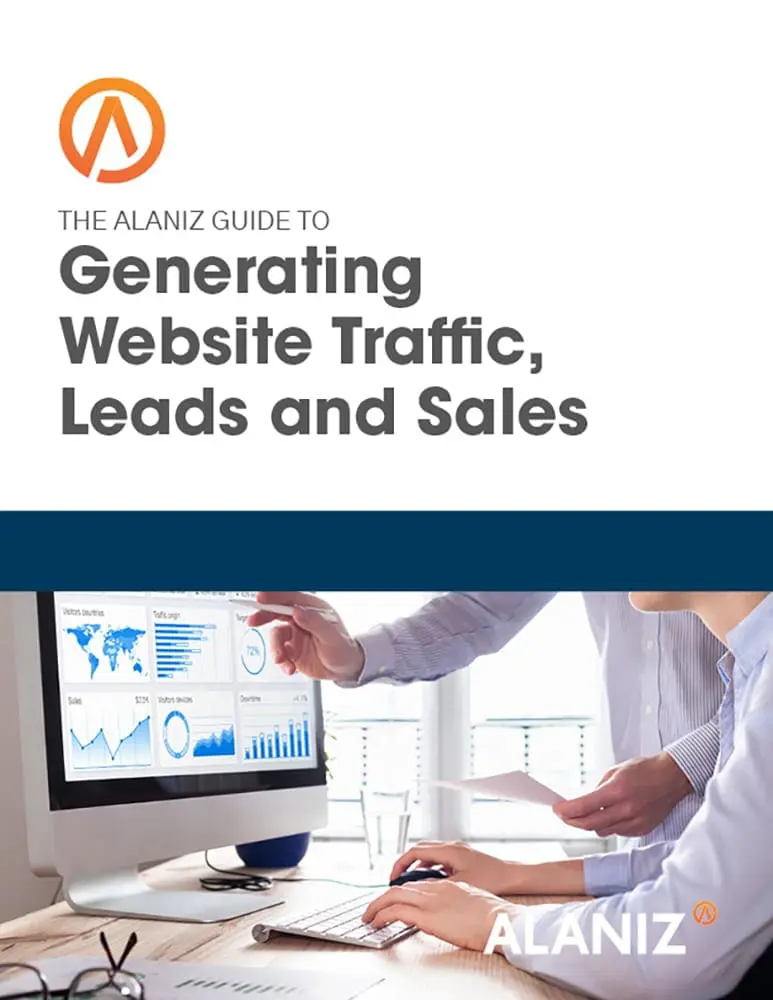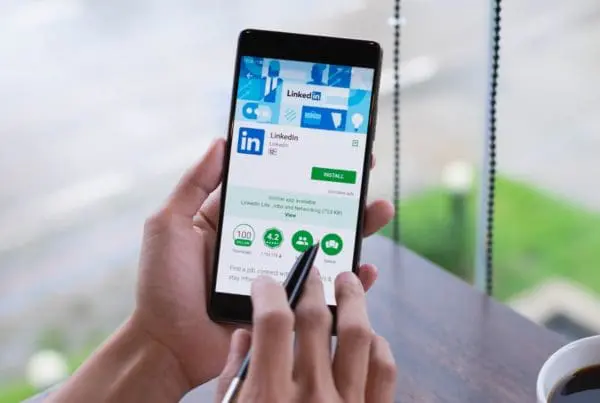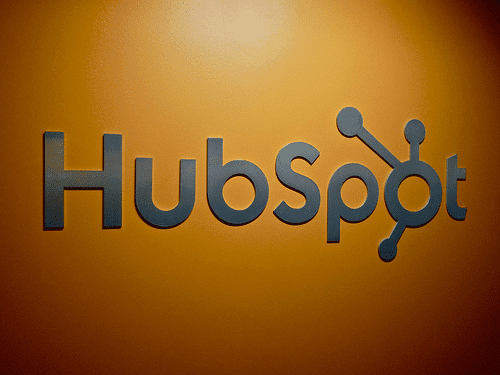When you’re launching a new product or company, it helps to have people to launch it to. One of the challenges new companies face is building a credible email list. After all, most marketing experts agree that email remains one of the most productive ways for companies to communicate with customers and to get more of them. In fact, according to iContact, email marketing can be up to 20 percent more cost-effective than other forms of marketing.
Other quick facts:
- Consumers who receive email marketing spend 83 percent more when shopping. (source: iContact)
- Average return on email marketing investment is $44.25 for every $1 spent (source: iContact)
- 82 percent of consumers open emails from companies (source: Litmus)
Of course, startups have to be especially strategic with their limited marketing budgets. So here are some tips for building an email marketing list.
Pre-Launch
Create Landing Page: If you are trying to build a list in order to launch a new company, and you don’t yet have a full website, that’s ok. Creating a landing page with you new company URL can help you get found by people who are looking for a solution to the problem you solve. You don’t have to give away your idea before launching it. Make sure the page has the right keywords that your target audience will be searching for. You can simply ask people to join your list to be the first to know when this exciting new product will be available, offer a discount code for a future purchase, or you can offer some kind of enticing content to download that will help people see that you are an expert in your market.
Here are some tips for your landing page:
- Make the form simple and easy to fill out. Ask for as little information as possible. We recommend an email address and first name so that you can personalize future emails.
- Pinpoint and communicate one main advantage that subscribers will receive for signing up (in this case it would most likely be insider information about the company’s solution and launch plans).
- Provide a preview of what your email communications might look like so subscribers will recognize your email when it comes.
- Showcase real testimonials from subscribers on signup landing pages. If you don’t have testimonials about your product, you can use testimonials about your people–founders and other great products they’ve introduced.
- Be specific about exactly what subscribers will receive and how often they will be receiving emails from your company.
- Offer an exclusive, ongoing discount for subscribers only when the product is announced.
Post-Launch
Once you do have a website, put a “Join Our List” form or link to a form on every page, following the same guidelines for the landing page.
Get Your Social Media Going
Similarly, you can start your social networking prior to launch by creating your accounts, following people and starting a discussion about the industry you are in. In addition to getting sign ups, and email addresses, you are building additional channels for the content that you want to share with people, and making it super easy for them to share it with others.
Facebook Ads
This can be a slow build and investing in some advertising can help (see our blog, 7 Ways to Create a Successful Facebook Ad Campaign). Facebook ads are very targeted and therefore cost-effective, and tools are available to put sign up forms in ads. We’ve had a lot of success helping companies get hundreds of “Likes” in a couple of weeks for new companies.
Another way to grow your social following and your email list is to have a contest on Facebook. In the beginning, since you don’t have many followers, create an award for people who share your page with the most people. Don’t necessarily give away a product, unless it will be launched soon. Facebook contests need to be quick. People won’t come back and check to see if they’ve won after more than a week. Give away a product or gift certificate for something related to your industry. For example, if you are making a new surfboard, offer a free wetsuit.
Twitter now offers list-building forms that link with some email and marketing automation platforms. For example, if you’ve connected Twitter with your MailChimp account, attract new subscribers with Twitter’s Lead Generation Card. The Lead Card works like a MailChimp signup form inside a tweet.
Use LinkedIn Groups
LinkedIn Groups are very targeted forums where people discuss just about everything you can imagine. They can be very specialized and people love to give advice. Explain your new company and ask for input about something you have a genuine question about. Invite people to join your list, but make sure you’re doing it for professional communication, not to try to promote something. Promotional material usually gets rejected by group moderators. LinkedIn Groups are especially valuable for B2B products and services. See our blog, Why I Love LinkedIn Groups.
Use Your Old School Tools
Invite people to sign up for your list on business cards, invoices, packing slips and anything else that will pass before the eyeballs of people in your target audience. Include a link to a landing page there they can sign up.
Go to Tradeshows
Tradeshows are still important gathering places in many industries. Yes, people can communicate online, but a lot happens when all or most of the players in a sector are in one geographical location. Tradeshows are actually very convenient ways to meet a lot of people in your industry. If you can afford it, exhibit and scan as many badges as you can (note that you will need to ask/inform people that they will be receiving emails from you). Some shows offer opt-in lists where the members have agreed to get promotional information from exhibitors. Paying to send an email to the attendees is usually an option too, and can be a great way to reach a lot of people in your industry (the cost will vary depending on the size of the show). If you can’t afford to exhibit gather as many business cards as you can. Talk to potential suppliers and partners that might be interested in promoting your company or linking to your site.
It’s important to build your list ethically. Spam laws are strong and getting stronger, and most email platforms will penalize you if mail to too many people that mark it as spam or that no longer exist at that address.




